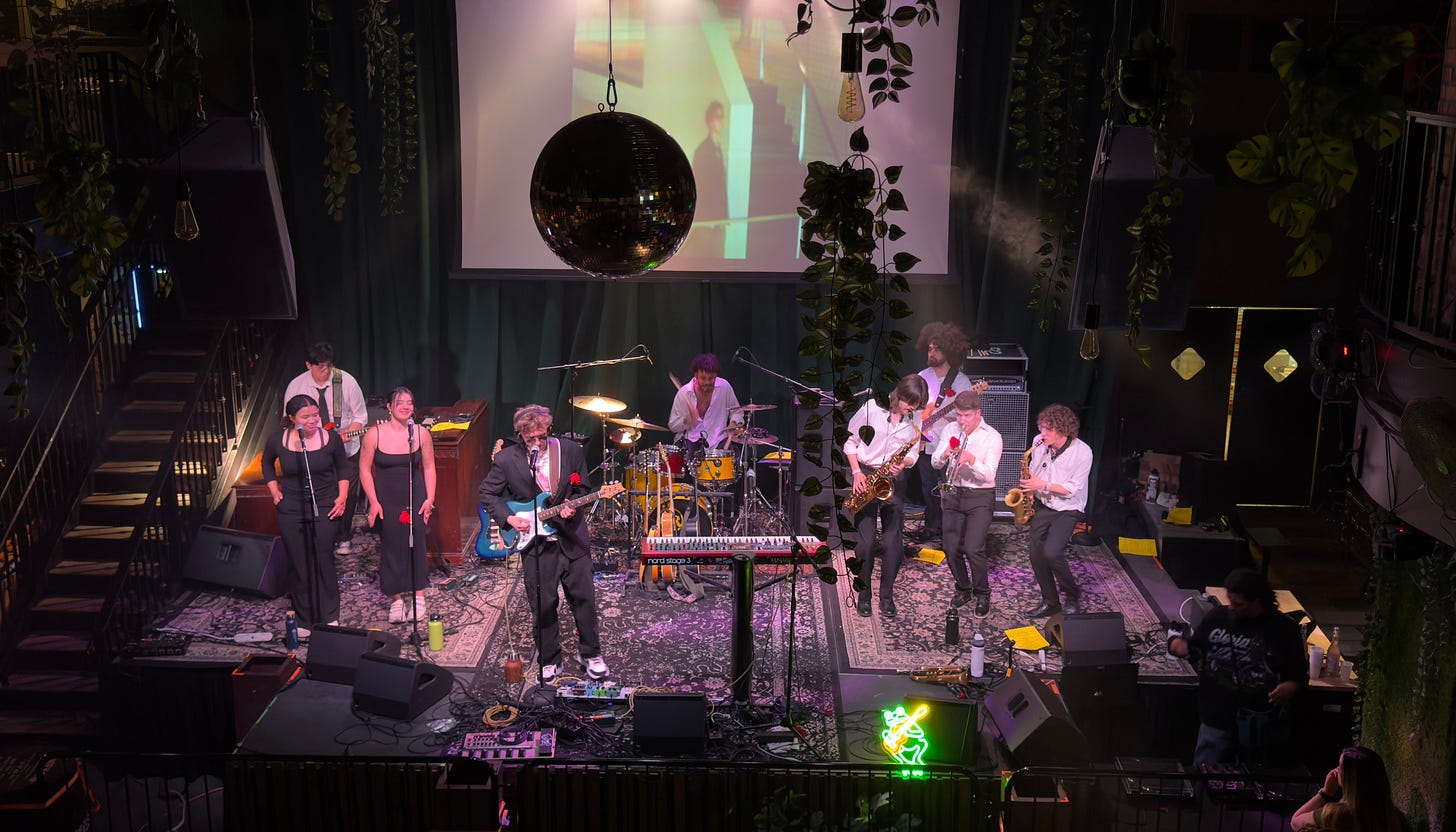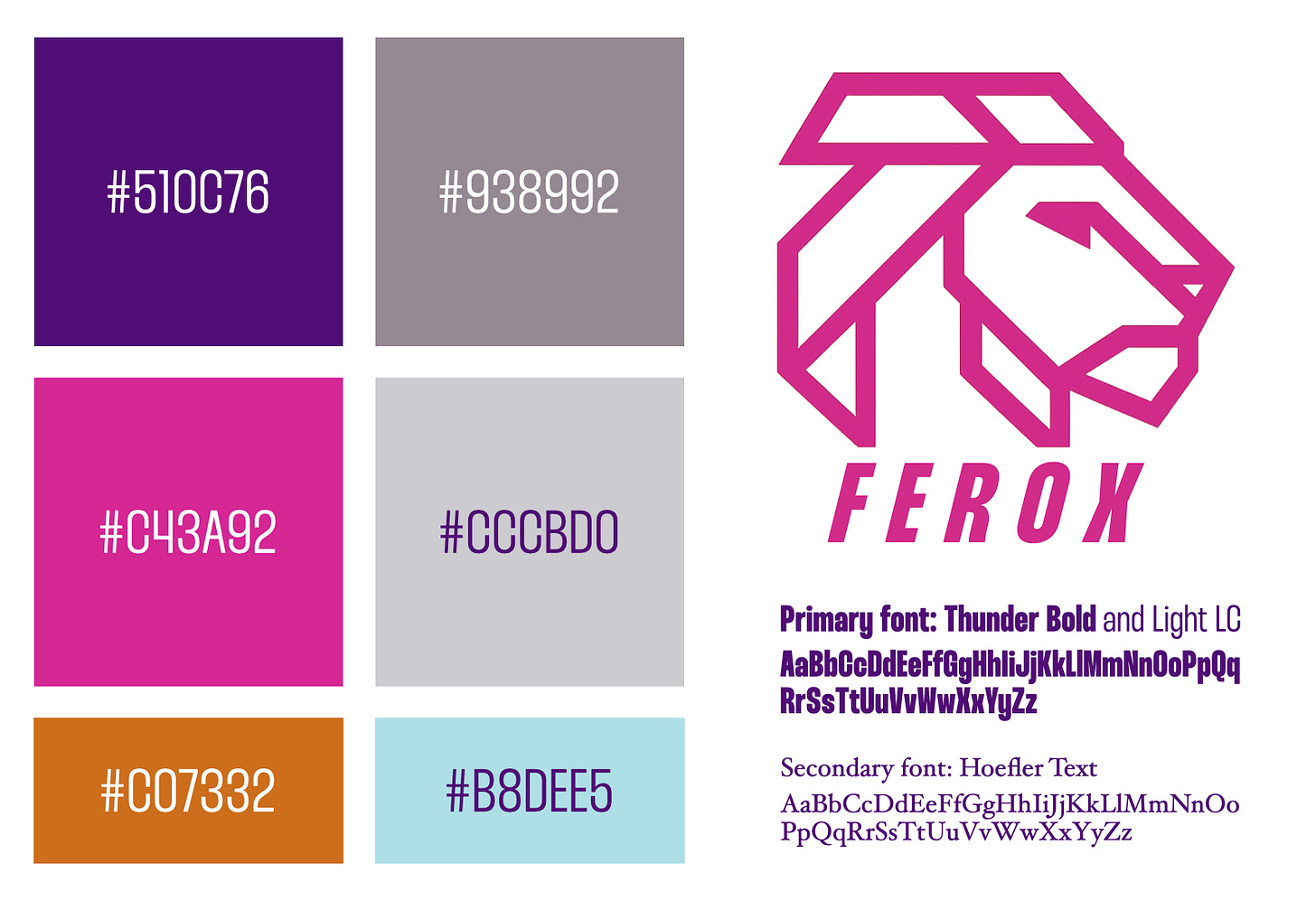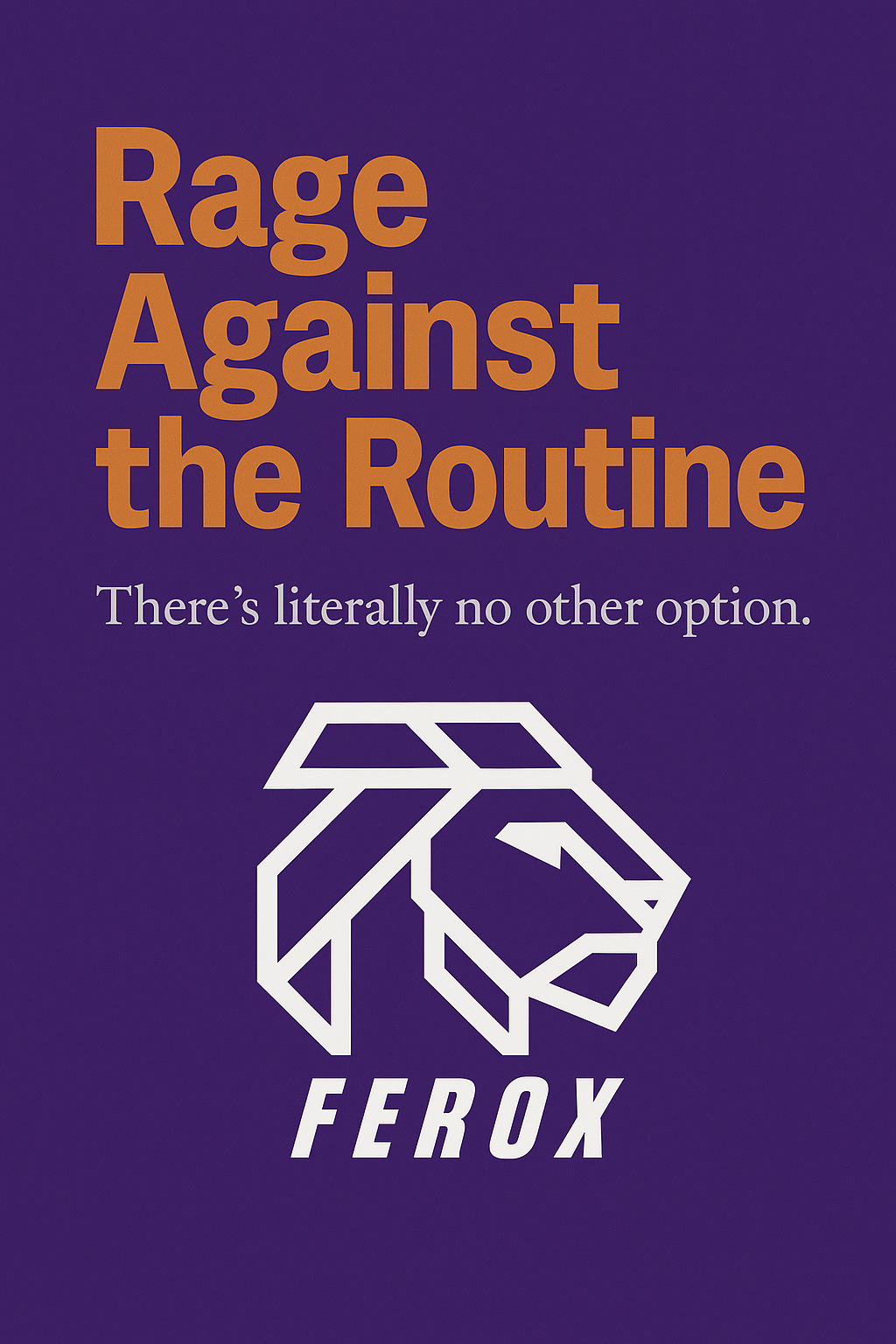First, a proud parent moment: My son Eli has a new album out called April (Spotify, Apple Music). He wrote all the parts, hired all the musicians, played bass, guitars, keys and sang lead and harmonies. Then he produced a four-band showcase to celebrate the album release. I’m reminded so much of creativity isn’t the initial idea, or its finessing, but the stamina and invention necessary to quite literally will the entire ordeal into existence. Art isn’t easy, and I’m impressed with your perseverance, Eli.
The Ad Turing Test is Complete
Art might not be easy, but much of advertising seems to be getting easier.
Back in 2023 BrXnd founder Noah Brier (also here on the Curiosity+Courage podcast) launched the Ad Turing Test, after Alan Turing’s AI challenge. In short, could you use an AI to create an entire ad, with correct logos, etc.? This proved impossible two years ago.
It is possible now, entirely inside the public 4o iteration of ChatGPT.
The prompt:
We're going to build a brand style guide for FEROX. We have four primary colors (hex value 510C76, C43A92, 938992, CCCBD0), and two secondary colors (hex value C07332, B8DEE5). In any layout we choose either 510C76 or C43A92, then pair with 938992 or CCCBD0 for 80% of the overall layout. A secondary color is only used for maybe 20% of a layout, max. We also use pure white for backgrounds, in addition to the primary colors.
For fonts, we primarily use Thunder Bold and Light LC. Our secondary font is Hoefler Text. We always left-align typography. We use sentence-case capitalization for headlines.
See the attached style guide. It includes our brand logo, which is also attached as a separate file.
Don't make anything yet. I want to confirm you understand the system and its rules.
And I uploaded this single page style guide along with a separate logo file.
ChatGPT acknowledged the details correctly. Then I prompted:
Great. Now we're going to layout some ads. They're going to be 2:3 aspect ratio rectangles. Let's start with white backgrounds. You chose a primary color for the headline font. The headline is: Rage Against the Routine. The body copy (color it black) underneath says: There's literally no other option. Place the logo at the bottom.
Here’s the first result. 🤯
Of course it’s not perfect.
But it begs the question, what will you and your team do as a result?
If you can type, you can create
The chorus gets louder and more clear hour by hour—barriers to communicating creative intention are falling away.
Writing persuasively now takes a willingness to try, where it also used to require knowledge, training and practice.
Drawing legibly just takes an ability to type or speak. It also used to demand inherent skill, or lengthy study, and equipment.
Designing coherently became accessible with the likes of Figma and Canva, but now you accomplish much of the same just typing words in an LLM.
And let’s be abundantly clear—I’m not talking about quality, per se. Let’s not confuse this surprisingly decent output with potent insight, or revolutionary ideas, or history-making execution.
The ad above fits the “good enough” revolution—it’s legible, it follows brand guidelines decently well. ChatGPT isn’t yet producing perfectly typeset, exquisitely designed, 300 DPI, legally-proofed print mechanicals fueling career-changing work. But that was merely the first output.
Great. Now make the background one of the primary colors, with the headline in a secondary complimentary color. Make the logo white. Keep the headline and copy.
So where’s the value, now?
The profitability in many of the old systems were the bottlenecks.
Humans who had amassed knowledge and skills were rare. Software was expensive and difficult to leverage. But you had to have them just to output work that looked good enough to discuss, never mind to sell. Even getting to the initial stage of approval was costly—like recording studios in the 1970s. Agency studio systems and the hierarchy of art direction was essential, and paid the bills because we charged by the hour.
Ironically, we might finally begin to put a price on game-changing ideas.
If you no longer need artistic training, if you’re no longer required to use specialized software, and mediocrity is now free as we say around here—then creating audacious results matters even more.
And that takes a lot more than an LLM.
Now can you make the logo 40% smaller and move it closer to the bottom?
🤦🏼♂️
This is also how I use ChatGPT now
Here’s AskCatGPT on TikTok describing my exact process for collaboration with an LLM. No shame here. Just a willingness to spew out words to see how an LLM can help me (or Cat) make sense of frequently jumbled ideas and observations.
Seriously, use the live chat function and ramble. I use the 4o and 3o models—the former is quicker, but the latter responds with more useful observation.
Her approach is a bit staged, but hey—TikTok. The premise works just as well in pajamas, bad lighting and messy hair.
Think of this as a colleague who can recall everything you said accurately, can search the web as you’re speaking, and wants to help you make sense of your own thinking and ideas.
Once again—none of this was possible two years ago.
How might you gain advantage?









This is a keeper, a kind of love note from a father to a son: I’m reminded so much of creativity isn’t the initial idea, or its finessing, but the stamina and invention necessary to quite literally will the entire ordeal into existence. Art isn’t easy, and I’m impressed with your perseverance, Eli.